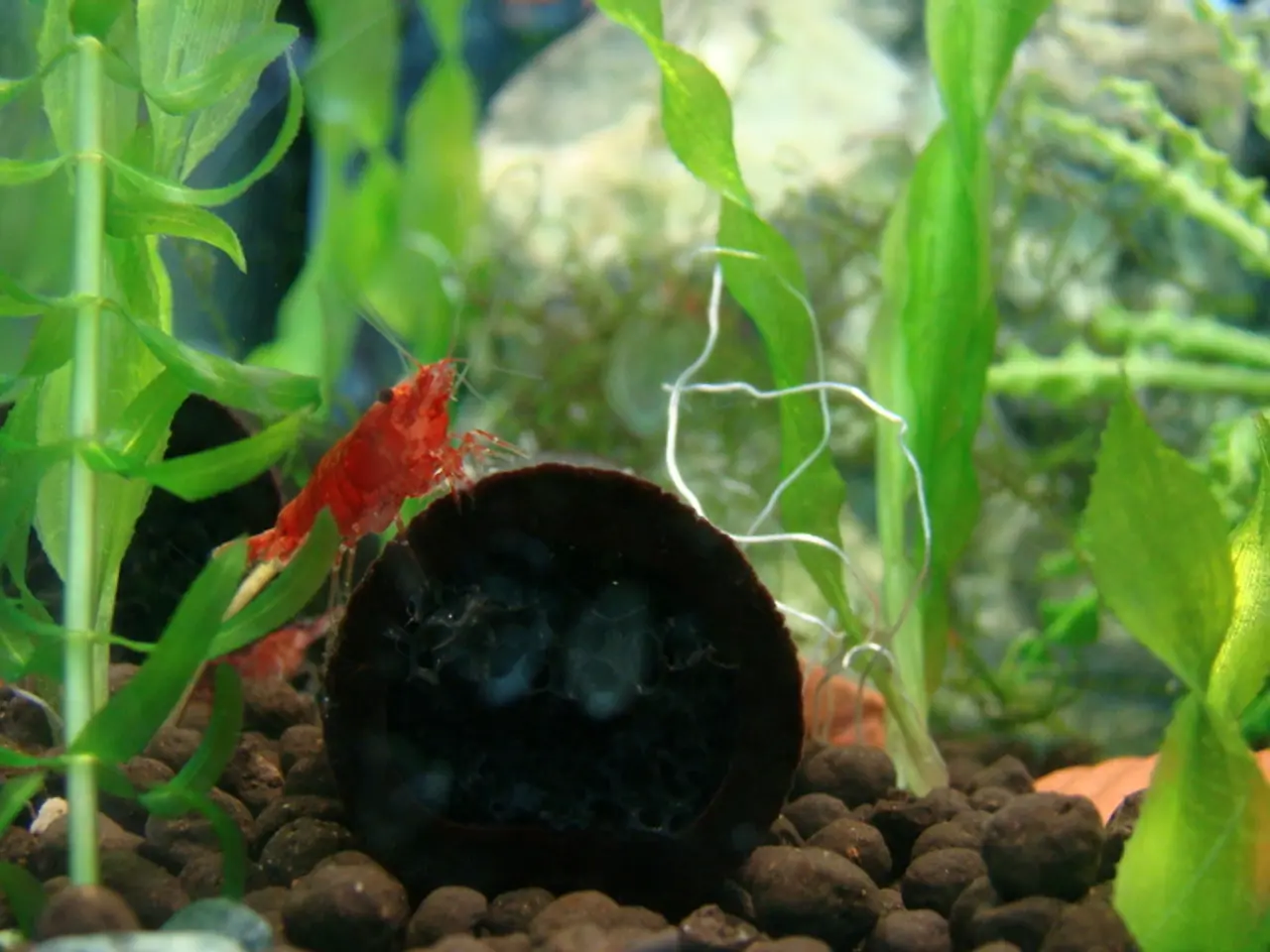Synthetic Photosynthesis: Plants Green with Jealousy Over New Technology
Recent breakthroughs in artificial photosynthesis are paving the way for a future where solar energy can be harnessed more effectively than ever before. This groundbreaking technology, researched by institutions such as the Joint Center for Artificial Photosynthesis (JCAP), could play a crucial role in ensuring the survival and expansion of the human species.
The development of artificial photosynthesis could revolutionize the way we generate and store energy, potentially leading to a more sustainable future. A hybrid system of semiconducting nanowires and bacteria, created by a team from Lawrence Berkeley National Laboratory and UC Berkeley, can capture carbon dioxide and convert it into valuable chemical products using solar energy.
Researchers are pushing the boundaries of natural photosynthesis to create more efficient and versatile energy solutions. The hybrid system created by the team from Lawrence Berkeley National Laboratory and UC Berkeley uses solar energy to convert carbon dioxide into valuable chemical products. Moreover, photoelectrochemical cells, developed by researchers, can absorb light and split water or reduce carbon dioxide into carbon-based fuels using solar energy.
Efficiency of Artificial Photosynthesis
Recent developments demonstrate artificial photosynthesis systems with solar-to-fuel conversion efficiencies around 12.4%, which is substantially higher than natural photosynthesis that rarely surpasses 7% and often falls below 1%. Breakthroughs using nanosized oxyhalide photocatalysts have set new records in solar fuel efficiency, enabling effective hydrogen production and CO2 conversion under sunlight, attesting to the potential scale-up for industrial applications.
Potential Applications
Climate Change Mitigation
Artificial photosynthesis enables direct conversion of CO2 into value-added fuels or chemicals, thus reducing atmospheric greenhouse gases and providing a carbon-neutral fuel cycle. Producing hydrogen and other solar fuels cleanly offers pathways to replace fossil fuels, aligning with global decarbonization goals.
Energy Security
By harnessing sunlight to synthesize fuels, artificial photosynthesis can create sustainable, renewable energy sources, reducing dependence on finite fossil fuels and enhancing energy resilience worldwide. The eco-friendly and potentially scalable process supports decentralized energy production, useful in remote or underdeveloped regions.
Space Exploration
Artificial photosynthesis can provide life support and fuel production in extraterrestrial environments by converting available CO2 (e.g., Martian atmosphere) into oxygen and fuels, supporting long-duration missions and habitats. Its high efficiency and solar-driven processes make it attractive where conventional energy infrastructure is unavailable.
Resource Utilization
By using waste streams like CO2 and sunlight, artificial photosynthesis offers a circular approach to resource management, producing fuels without depleting resources or competing with food agriculture. Integration with synthetic biology and metabolic engineering could optimize feedstocks such as algae and lignocellulosic biomass, enhancing sustainability and yield.
In summary, artificial photosynthesis stands as a promising technology with demonstrated efficiencies beyond natural limits. Its development could play a vital role in sustainable energy generation, carbon recycling, and enabling technologies critical for both Earth’s future and the expansion of human activity into space. Ongoing research integrating nanotechnology, synthetic biology, and system optimization aims to further enhance its efficiency, scalability, and applicability across these domains.
Despite challenges, the potential benefits of artificial photosynthesis make it a key area of focus for scientists and policymakers. Recent advancements, such as the artificial leaf analog developed by scientists at Purdue University in 2021, demonstrate the exciting potential of this technology. As we face the dual challenges of climate change and expanding human presence in space, artificial photosynthesis could provide a crucial bridge to a more sustainable future.
The development of artificial photosynthesis could potentially lead to an evolution in the way we combat climate change, by directly converting CO2 into valuable fuels or chemicals, thereby reducing greenhouse gases and supporting carbon-neutral fuel cycles. In the context of space exploration, artificial photosynthesis could enable life support and fuel production in extraterrestrial environments, such as converting Martian CO2 into oxygen and fuels, which is crucial for supporting long-duration missions and habitats. This technology, driven by the rapid advancement of artificial intelligence and technology, could prove to be instrumental in our survival and expansion as a species, both on Earth and in space.




